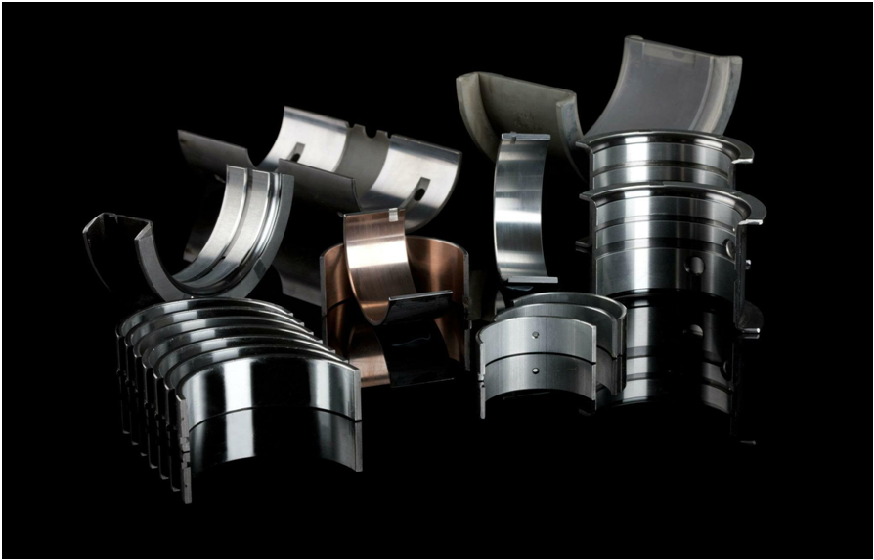Automobiles have contributed significantly to the advancement of civilization and humanity. Modern internal combustion engine-powered autos have met a variety of human demands in daily life. In today’s society, it is not easy to fathom a world without vehicles. Engine bearings provide a significant contribution to improving automotive performance.
Role Of Bearings In Internal Combustion Engines
● Used In the Automotive Industry
Even though electric cars are becoming more popular, the internal combustion engine is still the most prevalent engine used in the automobile industry. The main bearing is the one that permits the crankshaft to revolve in combustion engines. In a four-cylinder combustion engine, the placement of an engine bearing is shown in the diagram above.
● Used To Reduce Friction
Bearings are devices that minimise friction between moving portions of machine elements, allowing them to move in the correct direction with little power loss. One of the most significant advances in the history of human-made machinery was the creation of bearings.
The Importance Of Bearing Design
● Support The Rotor & Maintain A Consistent Air Gap
Electric motor bearings are meant to assist the rotor in maintaining a consistent air gap between the rotor and the stator and transmit stresses from the shaft to the motor frame. The proper bearing design guarantees that the motor’s design efficiency is maintained with minimum friction and power losses.
● Reduce Friction
Bearing materials technology, precise engineering, and manufacturing techniques have all seen significant advancements. Friction levels are lowered by enhancing the surface quality of the rolling components and raceways inside a bearing, which minimises energy consumption and noise.
When these improvements are paired with advancements in lubrication, the machine’s working life is significantly increased.
● Ensuring That Enough Fluid Is Flowing To All of the Rolling Elements
The lubrication regime and bearing design maintain adequate flow to all the rolling parts affect its lifespan, providing it be appropriately designed for the application. Bearing strength and lubrication flow may be improved using finite element analysis and computational fluid dynamics, both of which must be adequately defined for each application.
Types of Bearings in Internal Combustion Engines
Car enthusiasts still adore the sound produced by this engineering wonder to withstand the rigours of today’s fast-revving motors and lengthy service requirements. Most bearings were and still are manufactured of high strength alloy steel.
● Main Crankshaft Bearings
The crankshaft is supported by this part, which allows for smooth rotation. The oscillating forces are transferred to the connecting rods by these bearings.
● Connecting Rod Bearing
These bearings ensure that power is smoothly transferred from the central crank to the connecting rods.
● Piston Head Bearings
The articulating motion of the piston’s head is essential for efficient cylinder sealing. The bearings in the piston’s head enable the crack mechanism to oscillate continuously.
● Camshaft Bearings and Cam Followers
Finally, the camshaft has engine bearings that enable the shaft to revolve. The valve is usually opened and closed with the help of cam followers or a lifter mechanism.
The maintenance schedule, which should consider the working environment and the practicalities of access to the equipment, also plays a part in bearing life expectancy. The maintenance time can extend to coincide with other components such as the wheelset bearings by enhancing the sealing arrangements and optimising the lubrication procedure. This saves the customer much money in terms of maintenance and lost productivity.

